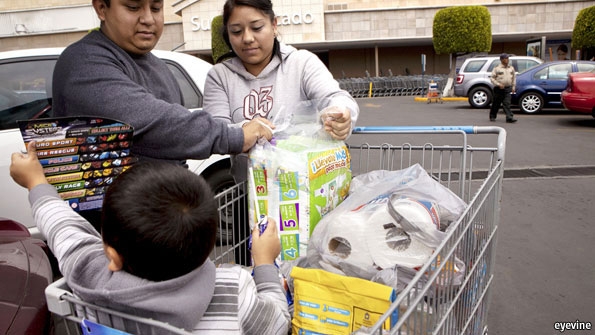Andrew Anglin
Daily Stormer
October 21, 2015

Somebody has to pay for these people. After all, we need them for our economy. What choice do we have? If we don’t spend a billion dollars a year housing and clothing these third world brown people our economy will dry up. Whites cannot sustain this economy.
State and local governments in Ohio receive tax revenue from illegal immigrants, but the cost of illegal immigration puts a burden on the state’s taxpayers. Illegal immigrants are funded through tax dollars for education, medical care, law enforcement activities, and other government services.
The costs for those services were estimated at $879 million a year, according to a 2012 analysis by the Federation for American Immigration Reform (FAIR). That would amount to $200 per household in Ohio.
Education costs for 9,480 illegal immigrant children and 25,375 U.S.-born children of illegal immigrants was estimated at $364 million for K-12 public schools. Limited English proficiency instruction for many of these children cost an additional $145 million, FAIR reported.
Medical services accounted for $84 million and welfare costs were $81 million a year. FAIR also reported that the $79 million spent annually for law enforcement expenditures included $32 million for prison costs to accommodate 780 incarcerated illegal aliens in the state.
The Institute for Taxation and Economic Policy concluded that unauthorized immigrants paid $72.8 million in state and local taxes in 2010, and that they would add more than $20 million more if they received legal status, the American Immigration Council reported. However, this amount would still fall far short of state expenditures.
Still, the Perryman Group reported that the state would lose $4 billion in economic activity without unauthorized immigrants. Unauthorized immigrants made up 1.1 percent of the state’s labor force, or 65,000 workers, in 2012, according to the Pew Research Center.
The burden to Ohio law enforcement because of illegal immigrants was publicized in 2014 when Butler County Sheriff Richard K. Jones sent a letter to Mexico’s president and secretary of foreign affairs, demanding $900,000 for “dealing with your criminals,” according to the Cincinnati Enquirer.
What choice do we have?
We need more people to keep buying things at Walmart because that increases the GDP and if the GDP falls then… no one really knows, but we know it will be terrible.
Nevermind this next part here.
In Ohio, the general tone of the headlines on stories about the August unemployment rate was positive, announcing a drop to 4.7 percent, which is a 14-year low.
Not everyone is so thrilled.
George Zeller, an economic research analyst in Cleveland, says the drop in the unemployment rate is primarily because 18,000 people are no longer counted in the labor market.
Ohio has now gone 34 consecutive months in which job growth fell below the national average.
Just what do the numbers show?
The July unemployment rate was 5 percent, down from June’s 5.2 percent rate.
But more people were working in June than were working in August.
While the Ohio Department of Job and Family Services, the agency that produces the labor information, touted an increase of 14,600 jobs in August, the number of employed people rose only 3,000 — from 5,435,000 to 5,438,000.
Yes, 3,000 more people working is a good thing, but both months fall below the June data, which listed 5,442,000 people working. They’re all below the August 2001 figure of 5,557,000 people working. It’s the most recent time August’s rate fell below 4.7 percent.
The real problem is the decrease in the number of people in the labor force, which dropped from June’s total of 5,783,000 to August’s total of 5,703,000.
 Daily Stormer The Most Censored Publication in History
Daily Stormer The Most Censored Publication in History


